North Dakota Health and Human Services' (HHS) Oral Health Program is focused on improving the oral health of all North Dakotans through prevention and education. Because oral health and overall health are connected, the program works to increase coordination between oral health providers and medical providers.
Oral health providers can help by working with medical providers on strategies to prevent cardiovascular diseases. CDC funding has allowed the state to implement a blood pressure pilot project to improve the oral and cardiovascular health of North Dakotans.
For the blood pressure pilot project, HHS partnered with dental providers to provide blood pressure screenings for adult patients and to make bidirectional referrals if needed. Bidirectional referrals are a process in which a dental provider refers a patient for services when high blood pressure is identified and receives feedback from the medical provider on that referral. Dental offices received training on best practices for screening patients’ blood pressure.
OUTCOMES
Participating dental offices:
- provided over 18,614 screenings,
- detected high blood pressure in 2,699 people,
- made 344 referrals to medical practices, and
- 164 people received follow-up on their referral.

The Effects of High Blood Pressure
High blood pressure, or hypertension, is when the force of blood flowing through a person’s blood vessels is too high. Uncontrolled high blood pressure can lead to stroke, heart attack, heart failure, kidney disease, and other health problems. Almost half of American adults have high blood pressure, and it often goes undetected. Find out more about high blood pressure.
What is a Normal Blood Pressure?
There are typically no symptoms when a person has high blood pressure, and many people do not know they have it. The only way to find out if you have high blood pressure is to have your blood pressure measured. A normal blood pressure is below 120/80 mm Hg. See the chart below on the different levels of hypertension.
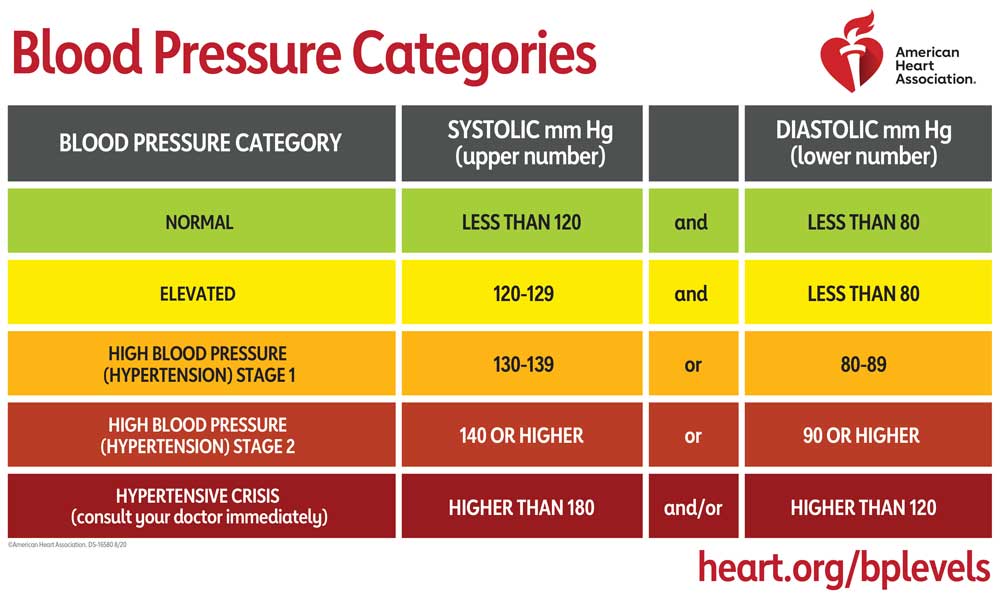
Download this chart: English Jpeg | English PDF | Spanish Jpeg | Spanish PDF | Traditional Chinese Jpeg | Traditional Chinese PDF
Downloadable Resources: Promote Knowing Your Blood Pressure Numbers
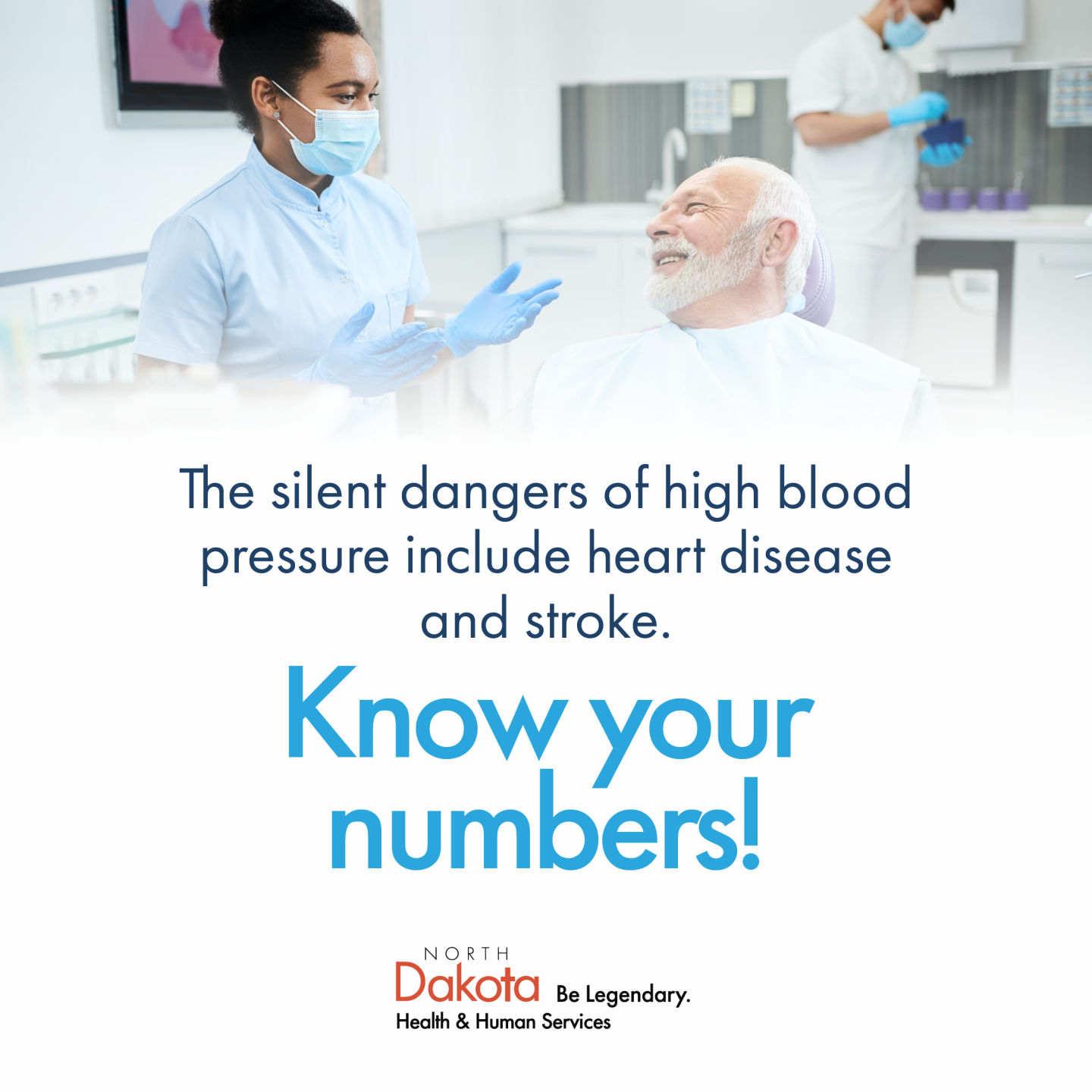
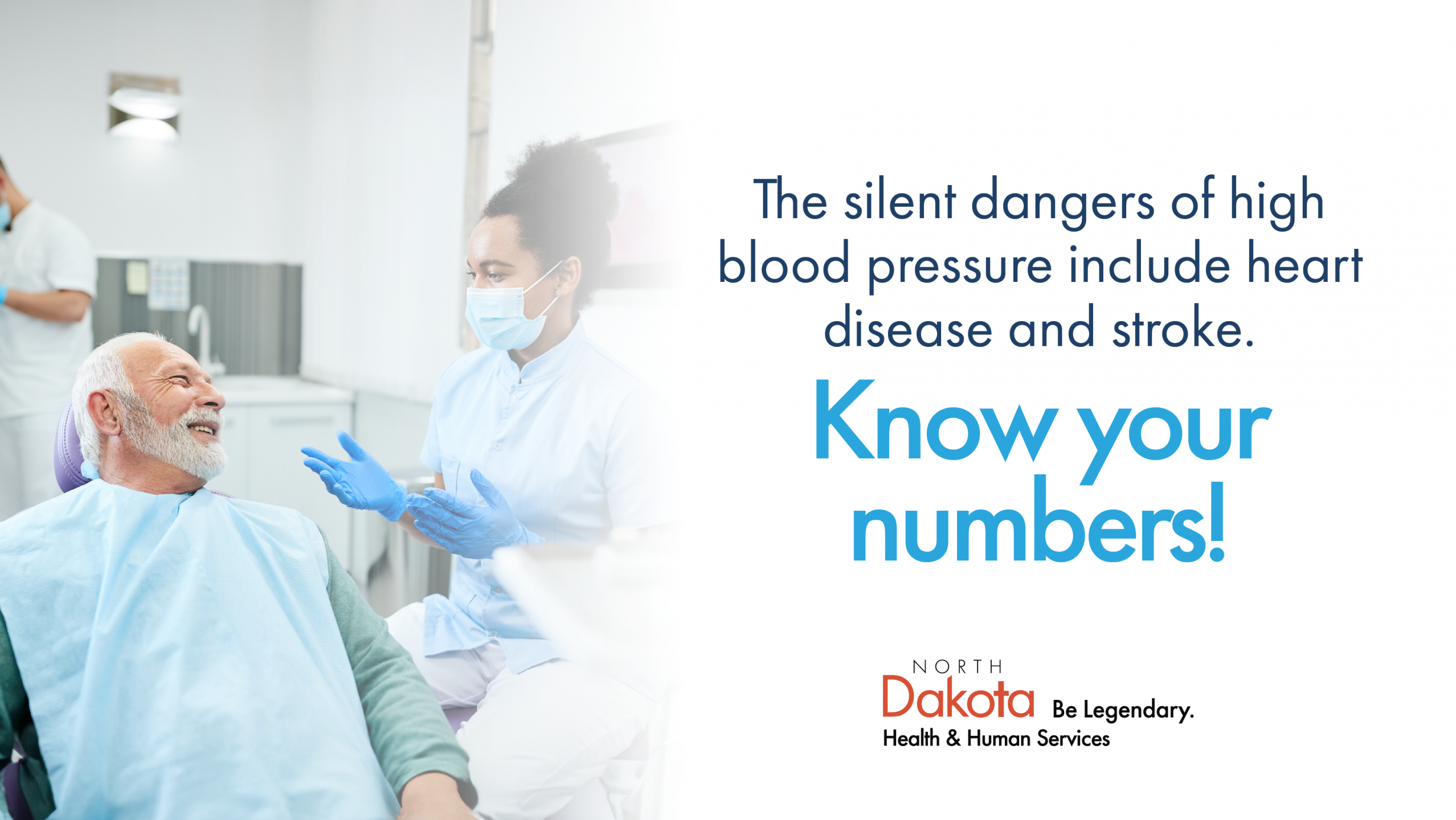
.png)
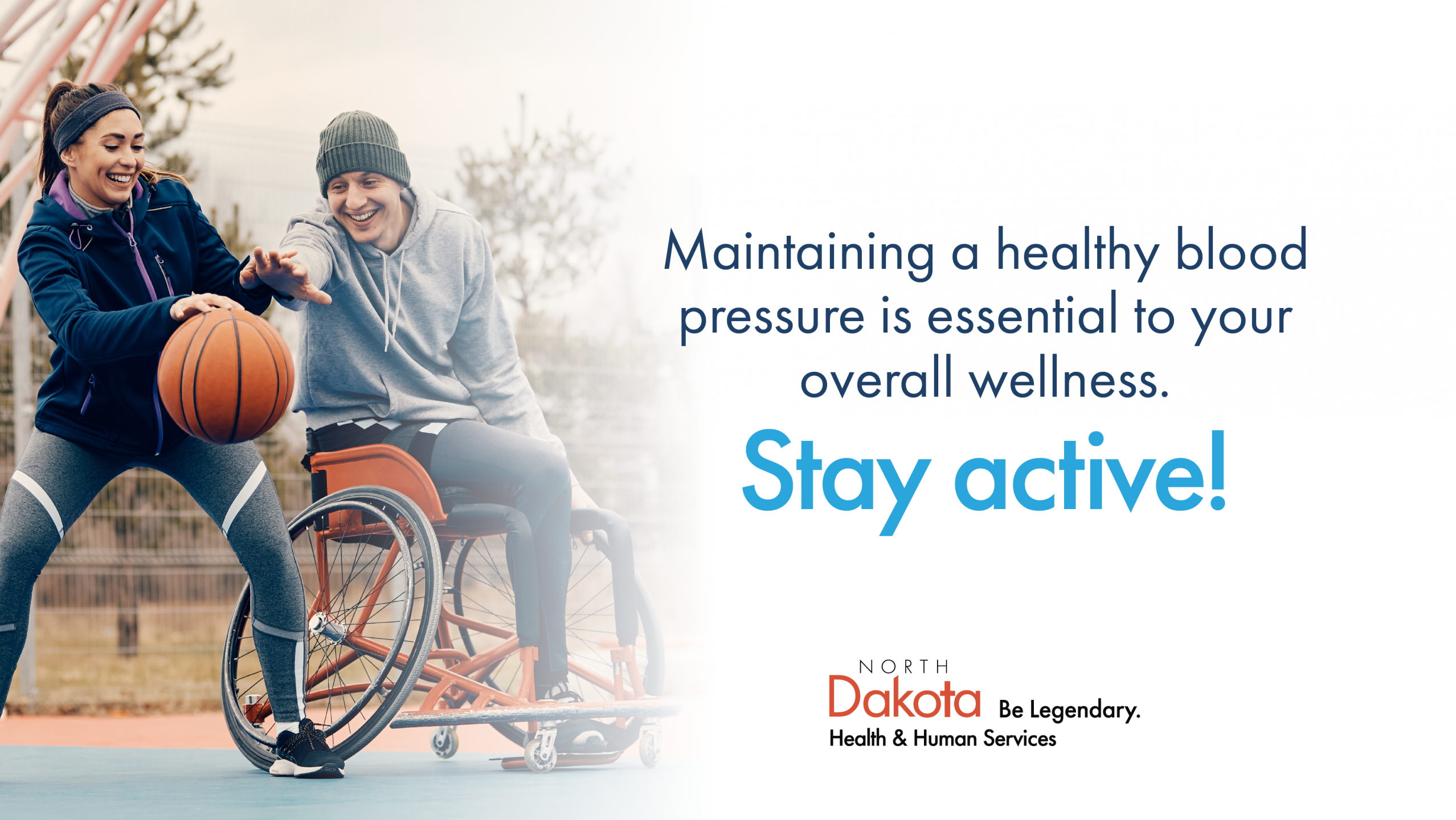
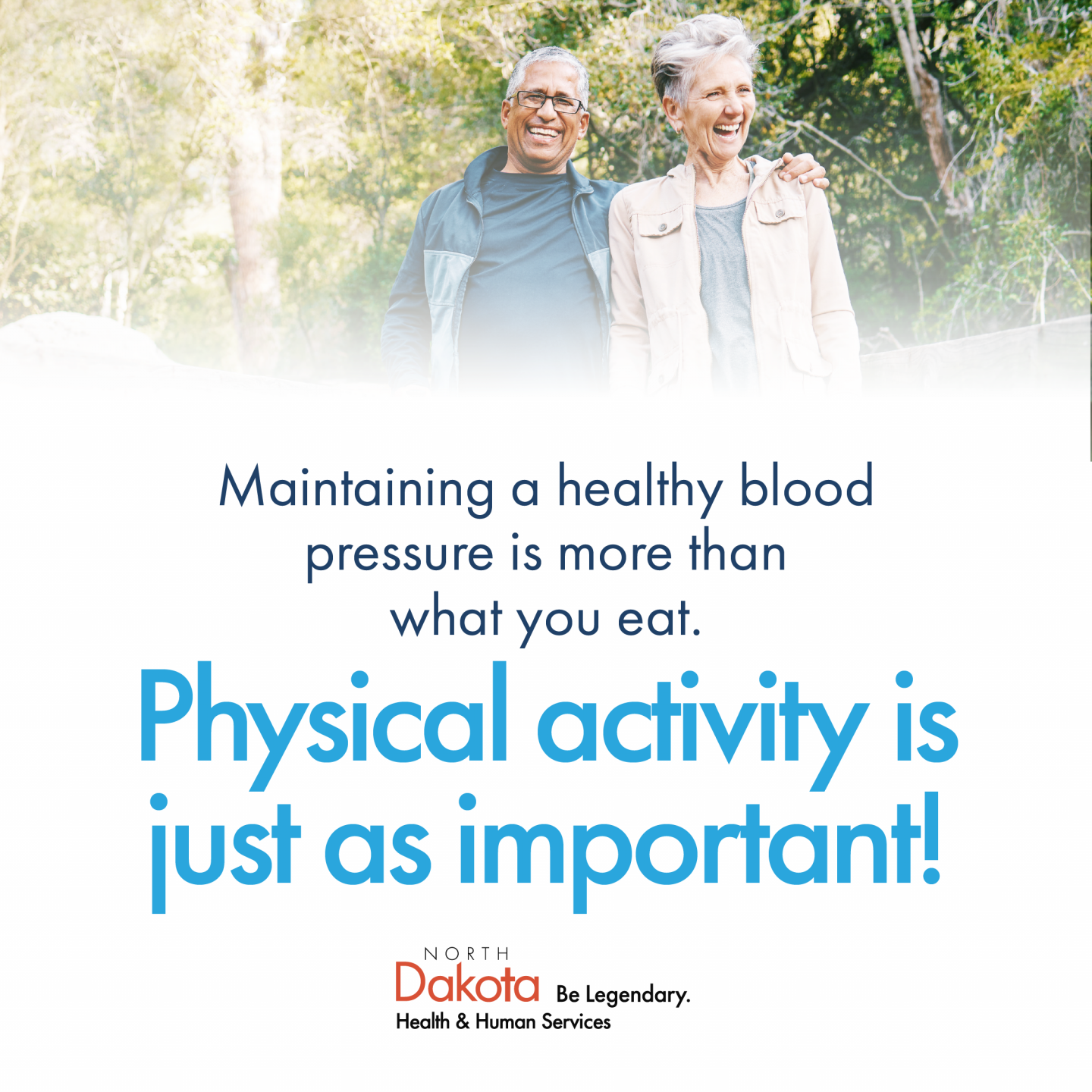
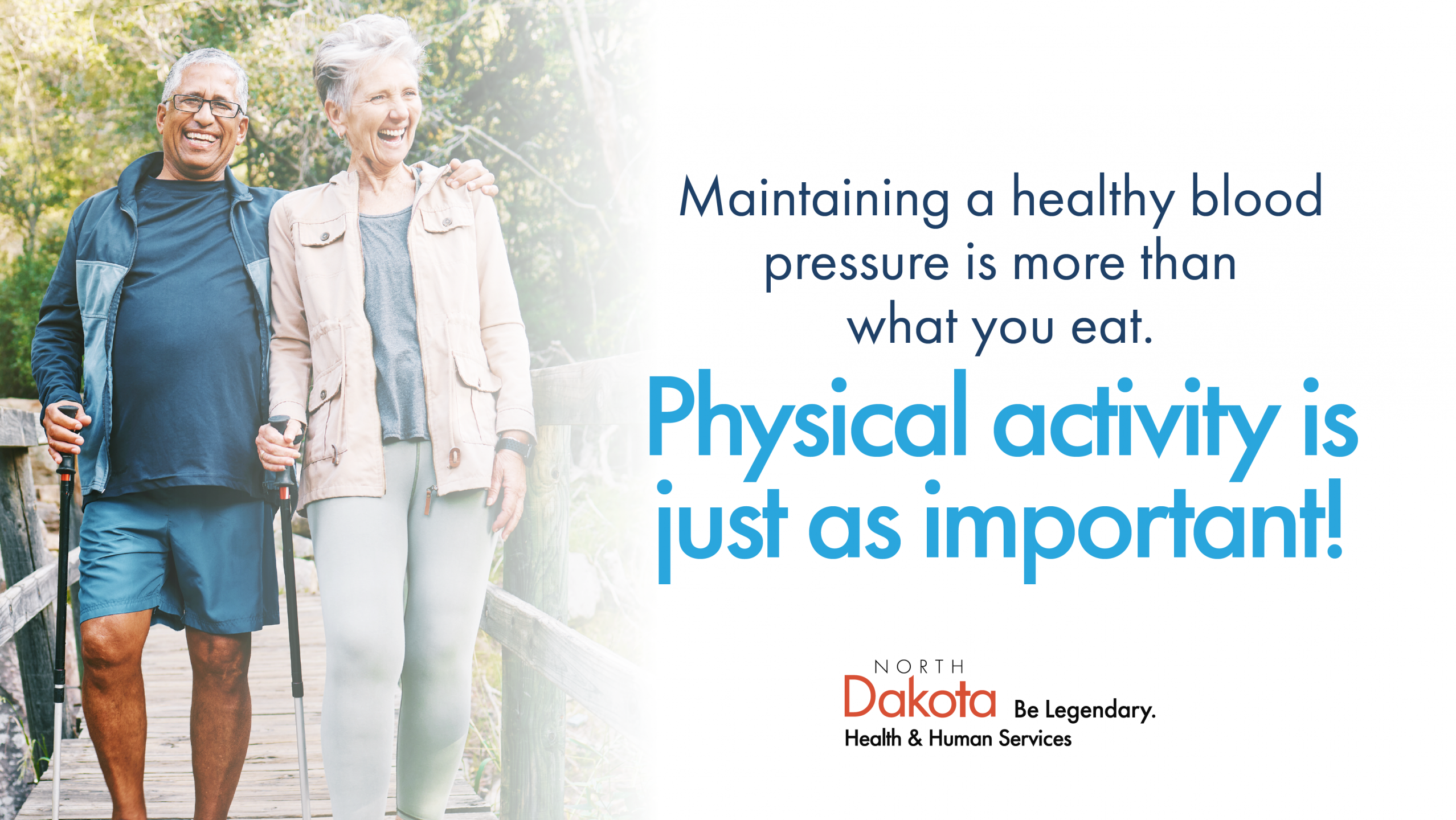
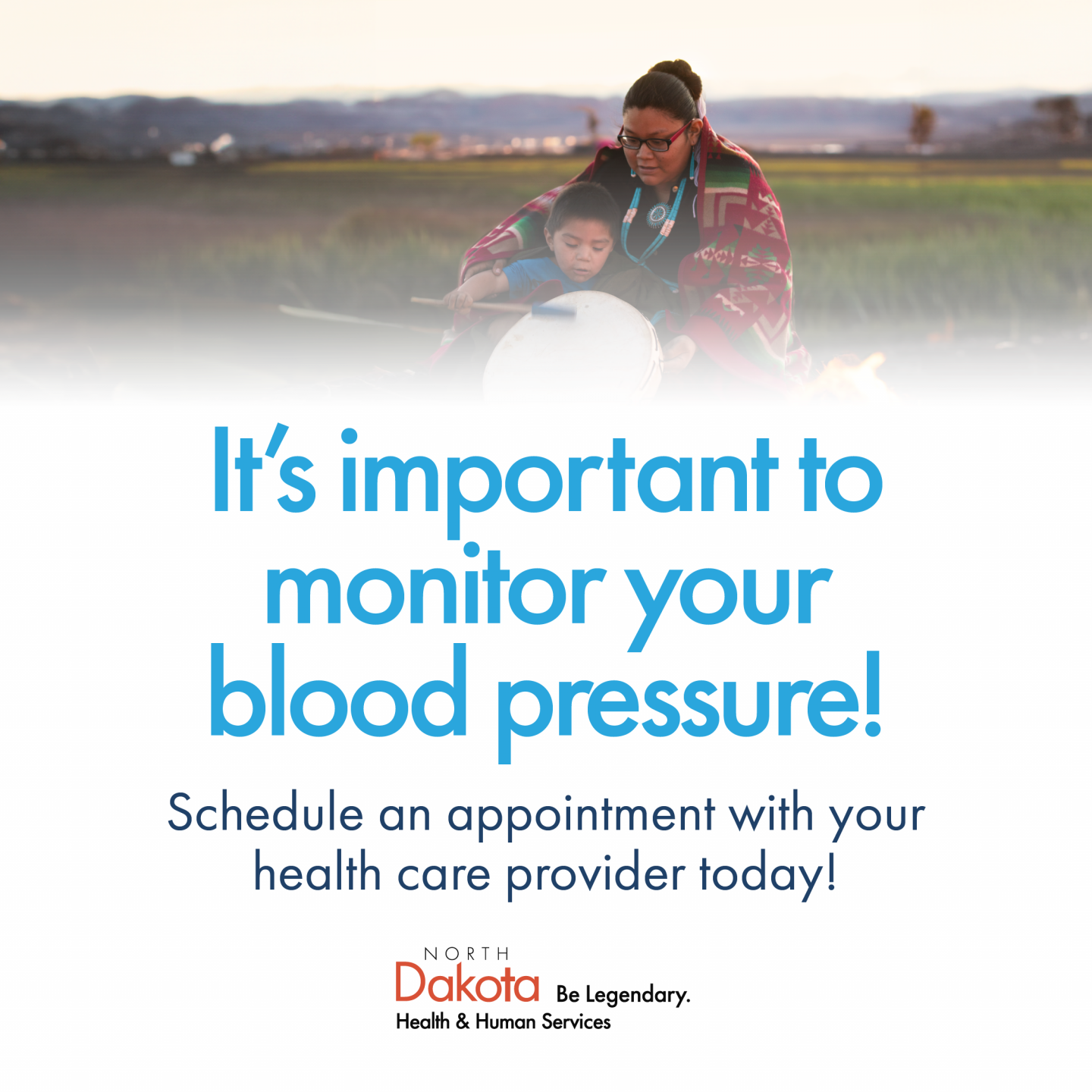
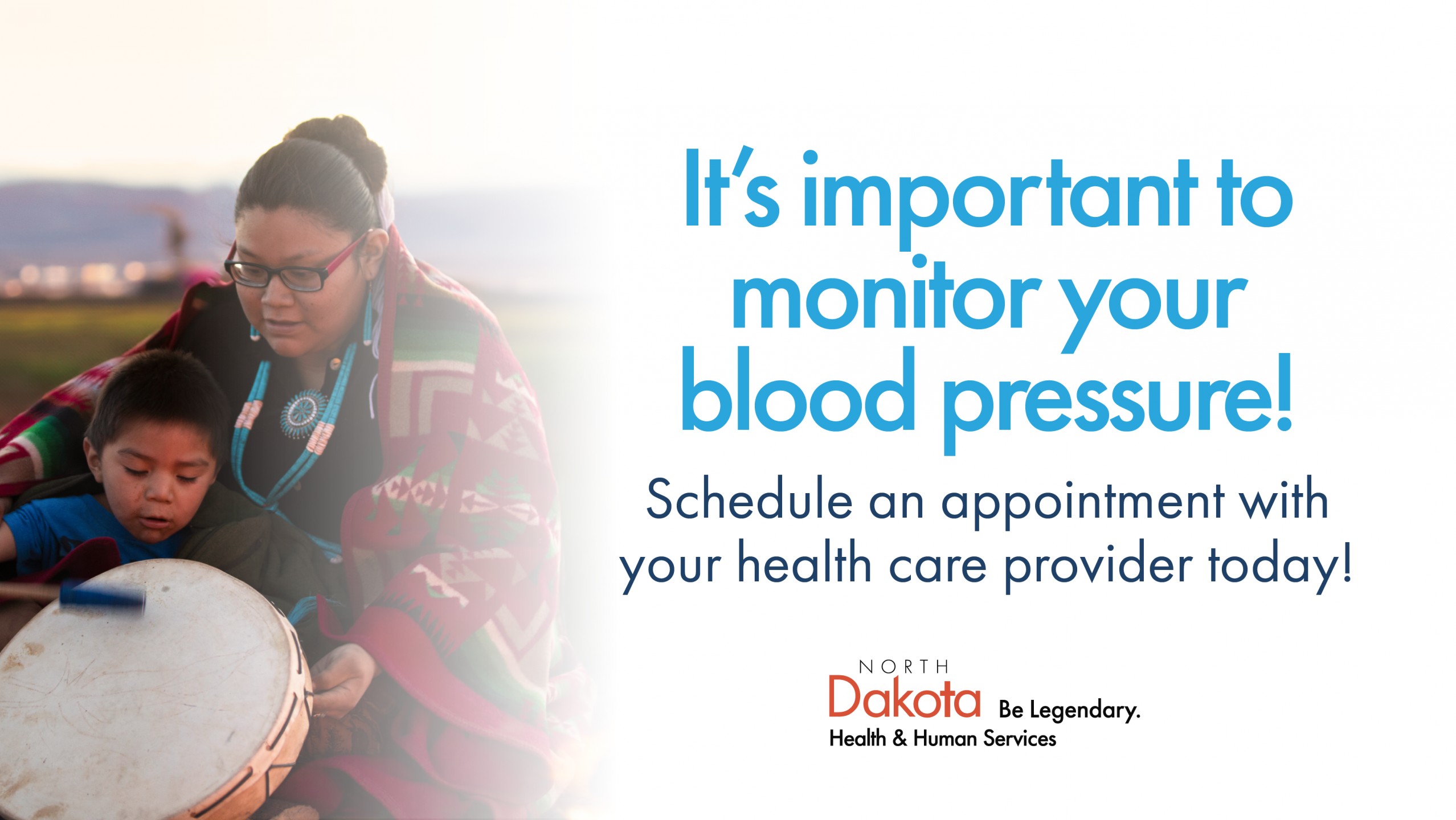
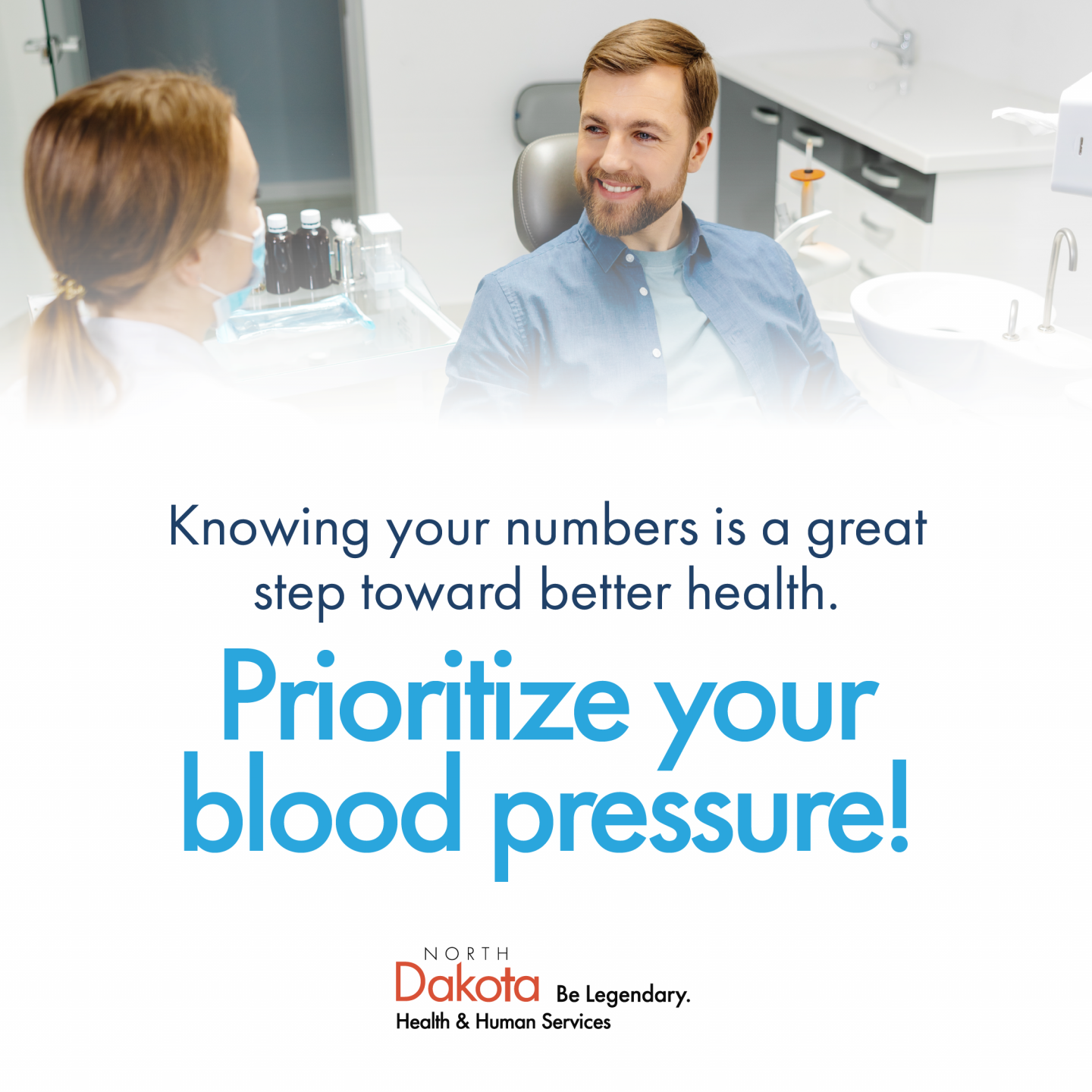
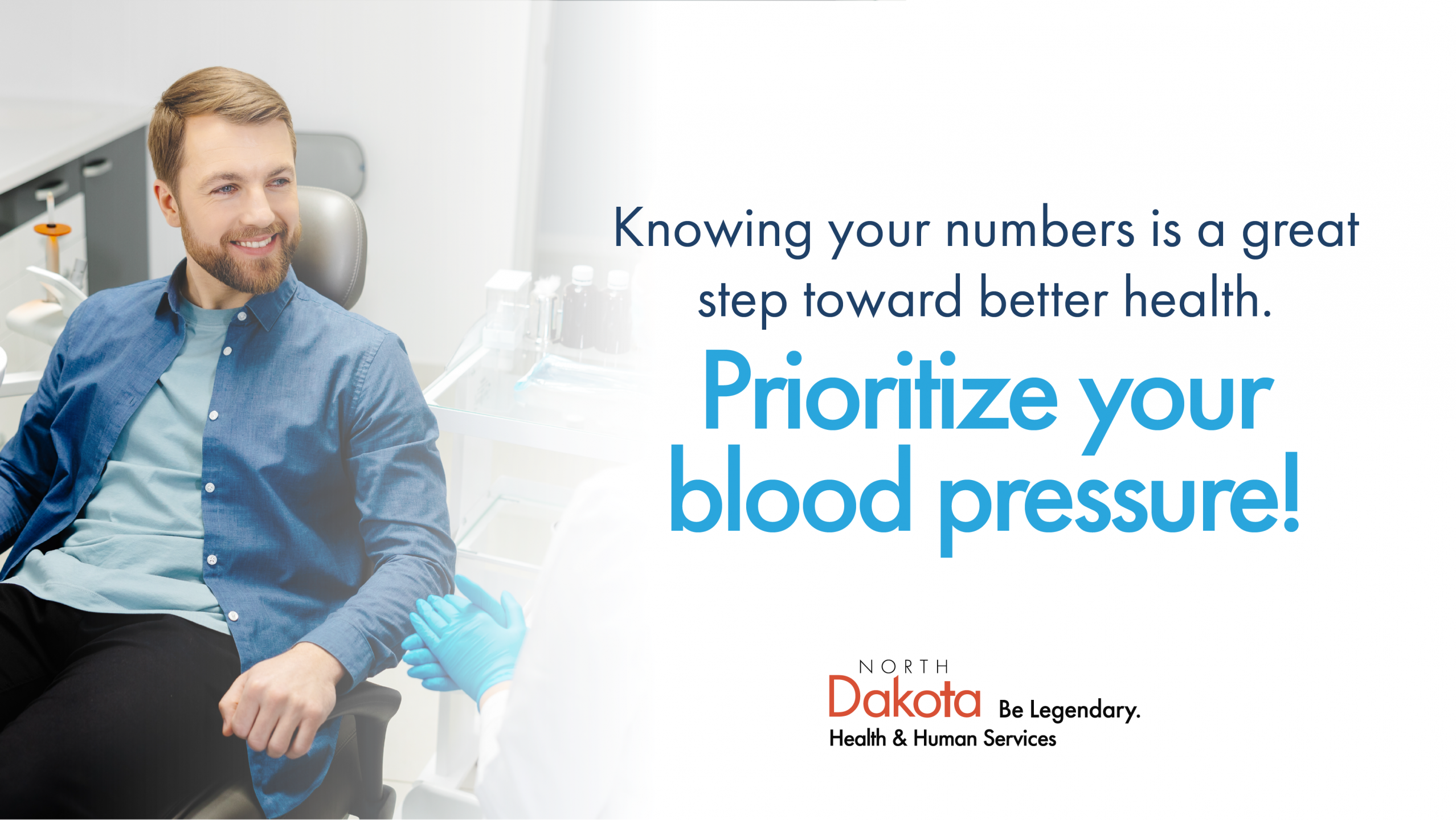
Plan your social media calendar. Find full captions to each downloadable graphic with the Blood Pressure Social Media Toolkit.
Oral Health Resource Toolkit
Download and share helpful resources such as social media graphics, informational handouts, news articles and posters from the Oral Health Toolkit. Help spread the importance of oral health.
Learn More about the Program
- Fact Sheet | The Intersection of Oral Health and Hypertension: Blood Pressure Pilot Project Results, Year 4 (2021-2022)
- Fact Sheet | The Intersection of Oral Health and Hypertension: Blood Pressure Pilot Project Results, Year 3 (2020-2021)
- Fact Sheet | The Intersection of Oral Health and Hypertension: Blood Pressure Pilot Project Results, Year 2 (2019-2020)
- Fact Sheet | The Intersection of Oral Health and Hypertension: Blood Pressure Pilot Project Results, Year 1 (2018-2019)
- Infographic | Blood Pressure Screening at Your Dental Office
- Infographic | Infographic | Follow-Up for Hypertension
- Manual | Blood Pressure Measurement in Dental Practice: Information and Guidelines
